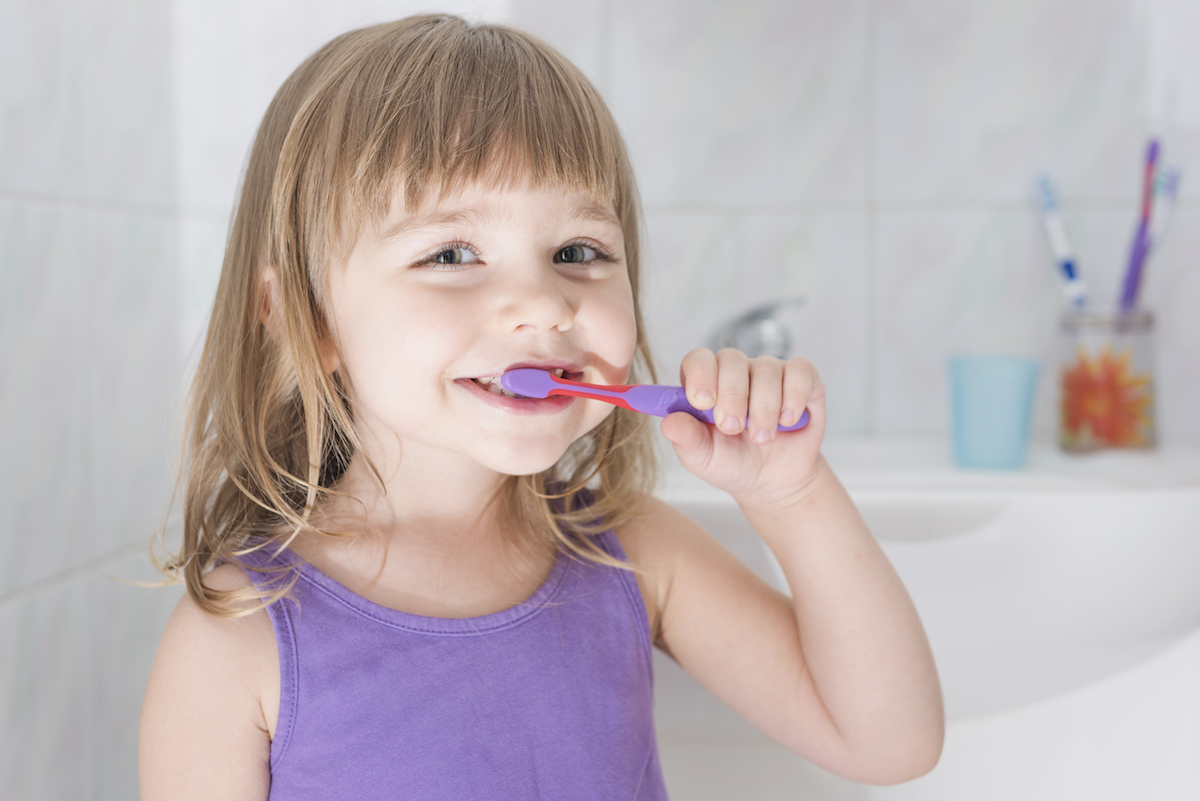
Every February, the American Dental Association spearheads a series of programs that are designed to increase the level of awareness among parents about the importance of ensuring healthy teeth, gums, and mouth in children. However, you don’t have to wait for February to come just so you can take good care of your child’s oral and dental health. These dental care facts and tips should help you stay motivated in promoting and protecting your kid’s oral health on a year-long basis.
1 in 5 children have untreated tooth decay.
Family dentists are often confronted with the main issue of children presenting to the clinic already with tooth decay that instead of preventing such conditions from happening, they’d have to begin treating it. As a matter of fact, the ADA says that among children between the ages of 5 and 11 years, 20% of them already have untreated tooth decay. This can lead to more expensive dental treatments and more frequent dental visits in the future. Not only that, it also increases the risk of other teeth and gum problems as the kids grow old. Don’t wait for your kid to grow older before you start getting him or her to a family dentist.
It is easy to prevent tooth decay in kids.
Visiting a family dentist or even a pediatric dentist can help prevent tooth decay in children. They can apply fluoride varnish on the teeth so that tooth decay can be prevented. Data shows that such applications can lower the risk of tooth decay by a third. Dentists can also apply dental sealants on the teeth located at the back of the mouth. These treatments can reduce decay in these teeth by up to 80% in the first 2 years after application. The protection can last for up to 4 years, long enough for you to teach your child how to properly brush and take care of the teeth. Getting your kid to brush his or her teeth with fluoridated toothpaste can also help. You can read this page to learn more about how you can help prevent tooth decay in your child.
Dental care for kids should begin even before the first tooth starts erupting.
The problem with most parents is that they have this thinking that oral care should only begin once the baby’s tooth has already erupted. However, a much better solution is to acclimatize babies to the sensation of having their gums stimulated so that when they do have their teeth, it should be a lot easier to brush their baby teeth. You can use an infant toothbrush or even a soft cloth to gently massage the gums of your baby twice a day. This accomplishes two things: it cleans the gums of any bacteria that may be present and it also helps prepare your baby for eventual toothbrushing once his or her teeth have erupted.
Kids should visit their dentists as soon as they reach their 1st birthday.
The thing is that the earlier you get your baby to the dentist, the better it is in terms of his or her future oral and dental health. Your family or pediatric dentist can help lay the foundation for good oral care for your baby. They can teach you what you need to do during teething as well as how you can keep the gums healthy while your baby is waiting for his or her first tooth to erupt. Ideally, even before your baby reaches his or her 1st birthday, he or she should have already visited his or her dentist.
Eating candies is not the only cause of tooth decay and poor dental health.
We always blame candies and other sweet and starchy foodstuffs for the tooth decay in our kids. Regrettably, these are not the only reasons why they have such poor dental health. The child’s brushing habits can also be a culprit. It is important to teach children to brush their teeth or at least gargle or rinse their mouth right after eating candies, cookies, crackers, and other foods that can predispose them to tooth decay.
Knowing and understanding these facts about children’s dental care should help you make a conscious effort in promoting optimum oral health for your own child.